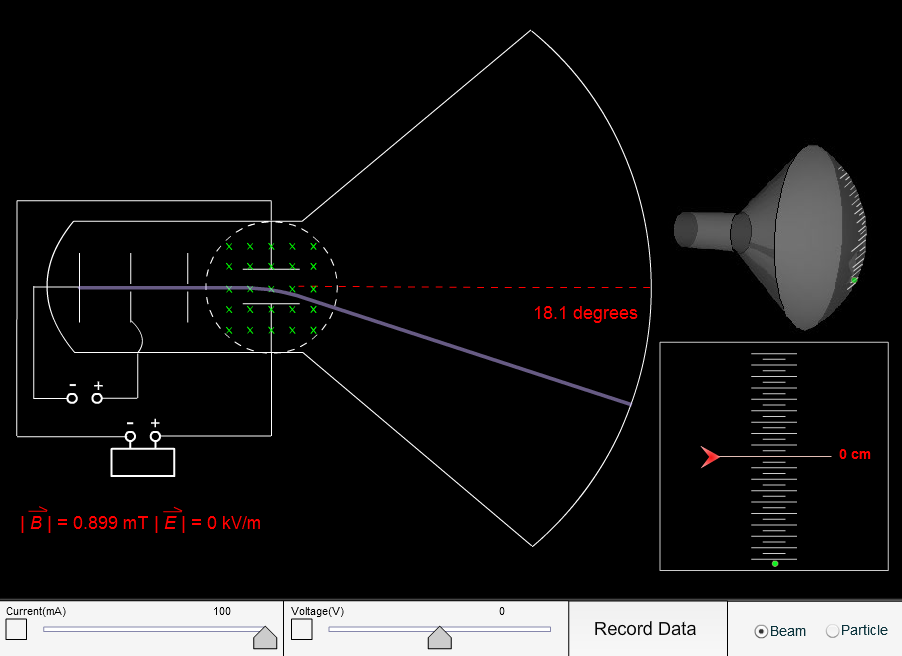
Uses of Cathode Ray TubeĬathode ray tubes (CRTs) have been widely used in various applications for over a century. They have a high velocity: Cathode rays travel at very high velocities, typically approaching the speed of light.They have a very small mass: Cathode rays have a very small mass compared to the mass of an atom, indicating that they are subatomic particles.They can produce heat and light: When cathode rays collide with a solid surface or a gas, they can produce heat and light, similar to other charged particles.They can be deflected by electric and magnetic fields: Cathode rays are deflected by electric and magnetic fields, indicating that they are charged particles.They travel in straight lines: Cathode rays travel in straight lines in the absence of any electric or magnetic fields.They are negatively charged: Cathode rays are composed of negatively charged electrons, which are fundamental particles of matter.These electrons possess several properties, including:

Properties of cathode raysĬathode rays are streams of electrons that are emitted from the cathode in a cathode ray tube. By controlling the direction and strength of these fields, it is possible to produce and manipulate the electron beam and display images on the fluorescent screen. Overall, the working of a cathode ray tube is based on the interaction between charged particles and electric or magnetic fields. When the electrons in the beam strike the screen, they produce light that can be seen as an image.

By varying the strength and direction of these fields, the electron beam can be scanned across the screen to produce an image. Electrons are deflected by the deflection system: The deflection system consists of charged plates or coils that produce electric or magnetic fields that deflect the electron beam.This beam of electrons is directed toward the fluorescent screen.
#Jj thomson cathode ray tube experiment without labels series
Electrons are focused by the electron gun: The electron gun consists of a series of anodes and lenses that help to shape and focus the electron beam.As the electrons are accelerated toward the anode, they gain kinetic energy. Electrons are accelerated by the anode: The anode is a positively charged electrode that attracts the negatively charged electrons emitted by the cathode.These electrons are negatively charged and are attracted to the positively charged anode. Electrons are emitted from the cathode: When a voltage is applied to the cathode, it heats up and emits electrons.The working of a cathode ray tube (CRT) involves several steps, as follows: These components work together to produce the characteristic electron beam and display images on the fluorescent screen. This prevents the electrons from colliding with gas molecules in the tube and disrupting the electron beam. The tube is evacuated to a very low pressure, typically around $10^$ torr. Which gas is used in the cathode ray tube? What is a Cathode ray tube?Ī cathode ray tube (CRT) is a vacuum tube that consists of an electron gun, which emits a stream of electrons, and a fluorescent screen, which displays the image produced by the electron beam.


Thomson Experiments – The Discovery of Electron


 0 kommentar(er)
0 kommentar(er)
